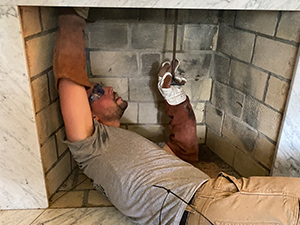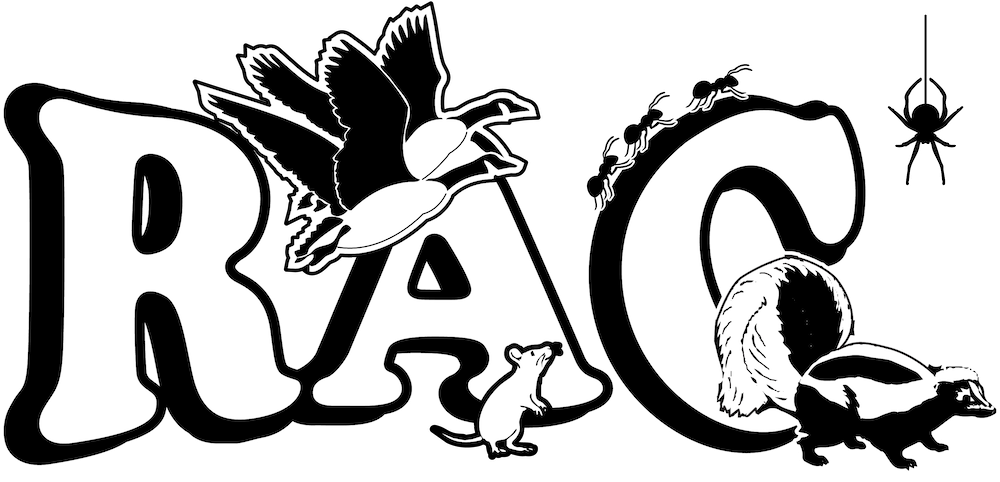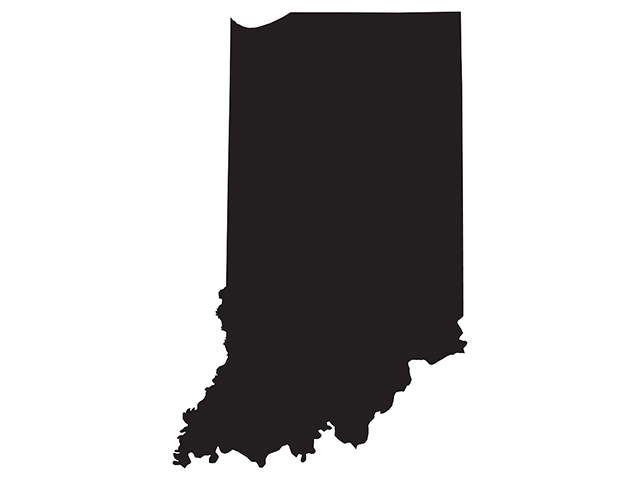As Temperatures Fall, Make Sure Your Defenses Against Wildlife Intrusion Keep Up

When it’s cold outside, humans are not the only creatures that like to stay inside where it’s warm.
From mice and rats to squirrels, raccoons and bats, many forms of wildlife seek out warmer habitation, and man-made structures often check off all the right boxes: shelter, warmth and food.
Like many wildlife issues, the key to preventing conflicts is to understand wildlife behavior and take steps before it becomes a problem. Identifying and sealing off entry points for creatures that need less than half an inch of opportunity can seem like a lot of trouble, but it’s preferable to the job of having to evict these intruders and remediate the damage they cause.
Here’s an overview of what you could be facing if you don’t take the right preventive steps:
Mice and rats: Especially active in the colder months, mice and rats will seek out warmth and shelter in buildings and homes, garages, and basements. In addition to the diseases they carry, mice and rats gnaw on structures and wires, creating property damage and a fire risk.
Squirrels: These agile creatures are capable of extensive damage to homes, apartments and commercial buildings with their habit of gnawing on electrical wires, burrowing into insulation and chewing their way into small openings. Attics and chimneys are common nesting sites. Professional squirrel removal and exclusion solutions are often species- specific to account for different mating seasons and habits.
Raccoons: Raccoons are among the most adept of intruders and can be difficult to evict. Raccoon removal is not a do-it-yourself undertaking. In birthing season, they will enter attics, crawl spaces and chimneys to give birth and shelter their young. Their waste not only harbors organisms and parasites that threaten human health, but raccoons can also do enough damage to threaten the structural integrity of your building. They can also be quite aggressive in defense of their nests and young.
Bats: Among the most unpleasant of wildlife tenants, bats will hibernate in attics or other dark and quiet spaces, carrying viruses and diseases that include histoplasmosis and rabies. Their occupancy also comes with unpleasant odors, stains to walls and ceilings and damage to wood and insulation. Bat removal and exclusion requires prompt and professional action. Some species of bats are protected under state and federal law.
Preventive Measures for Winterizing Your Building Against Wildlife
The most effective way to avoid winter wildlife conflicts begins with a thorough inspection of your building for holes, cracks, gaps and other damage that creates potential entry points. This can include installing chimney caps and repairing damaged vents. Wildlife can squeeze in through openings smaller than ½ an inch.
It is also critical to inspect your property for sources of food, including inadequately secured trash can lids, birdseed and pet food.
Keep your landscaping well-trimmed to ensure that tree branches don’t create access points to your home or building and clear any debris, like woodpiles, from areas near the foundation.
Exclusion solutions can also be a good investment, with professionally installed barriers that include Pest-Blok vent covers, metal barriers, and specialized exclusion devices.
A professional wildlife service can help you create the right plan to protect your property, with comprehensive inspection and planning to prevent the risk of a costly and troublesome intrusion.
Professional Help for Winter Wildlife Prevention, Eviction & Remediation
Don’t let your home or building go undefended during the winter months. At Rusty’s Animal Control, we work with property owners and building managers across Indiana to inspect, protect and remediate properties from the damage of wildlife conflicts. Our solutions are thorough, cost-effective and built on decades of expertise.
Contact a member of our team today to get started.

